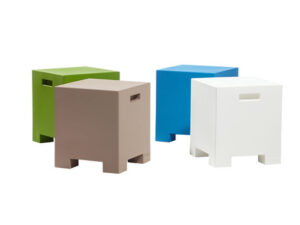The elements of design are line, color, shape, texture, form, and space. These are the tools used to design a room or space.
By learning and using the elements and principles of design, you will increase your understanding of how and why some things work together and some simply don’t look right.
LINE: Line is any mark greater in length than width. Words to describe line include vertical, horizontal, straight, curved, diagonal, thick, thin, dashed, zigzag, continuous, jagged, or smooth.
COLOR: Color is what we see when light is reflected. Words to describe color include hue (the name of the color), value (lightness or darkness of the color), or intensity (brightness or dullness of the color).
SHAPE: Shape is two-dimensional and appears flat. For example, a square is a shape. Words to describe shape include square, rectangle, circle, oval, triangle, curved, or wavy.
TEXTURE: Texture is the surface quality of an item. It is how something feels–or appears like it would feel–when it is touched. Words to describe texture include rough, smooth, soft, prickly, squishy, grainy, or hard.
FORM: Form is the structure of an item; it is three-dimensional with length, width, and depth. For example, a box is a form. Words to describe form include cube, box, ball, cylinder, pyramid, free form, or sphere.
SPACE: Space is the area between and around an object and the area that the object occupies. In a room, you have a defined space, so it is important to consider how much of the space each object will use. For this reason, space is an added element in home décor. Words to describe space include cramped, crowded, open, uncomfortable, comfortable, cozy, noisy, warm, or cold.
C: IOWA State University


